Introduction
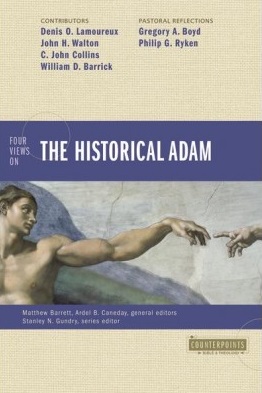
This is the fifth in a series of blog posts concerned with Christian questions about evolution. One of the biggest questions is what to do about Adam and Eve. In my last post I said the Bible teaches that God reveals himself to man in two ways. One is through Scripture (the Bible) and the other is through what we observe in nature (using science). I then compared the stories of the creation of mankind in the two books. While there are apparent differences between the two stories, there must be a way of reconciling these differences since they both come from God.
Reconciling the two stories
The two stories raise several types of questions.
- The origin of humans. Was this due to special creation by God or was it due to God guided evolution. If evolution, then in what sense is mankind set apart from the rest of creation and in what sense are humans created in the image of God?
- Adam and Eve. Were they real people and was Adam the father of all humankind?
- The doctrine of the Fall. Are Adam and Eve essential to the Bible’s central storyline of creation, fall, redemption, and consummation? Is Paul’s teaching about the representative roles of Adam and Jesus essential to the understanding of the origin of sin and the redemption from sin? Does the story of the creation of Adam and Eve and their fall communicate real history or does it simply communicate timeless truths?
- The relationship between God’s two books of revelation. Does one have primacy over the other or is it possible to settle the apparent conflict in a way that respects both sources of revelation?
The way that I want to address these questions is through the review of a book entitled Four Views of the Historical Adam (Zondervan, 2013). There are a spectrum of views among Evangelical Christians about how to reconcile the story from Scripture with the story from nature. This book presents essays from four Biblical scholars who represent the four major Evangelical positions.
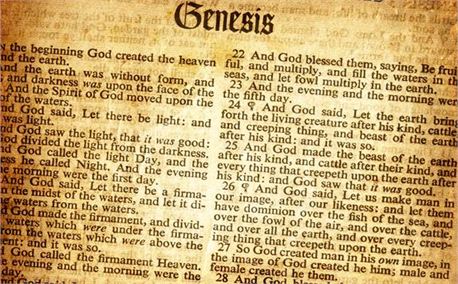
In the beginning God created the heaven and the earth. . . . — Genesis 1:1
A Historical Adam: Young-Earth Creation View – William Barrick
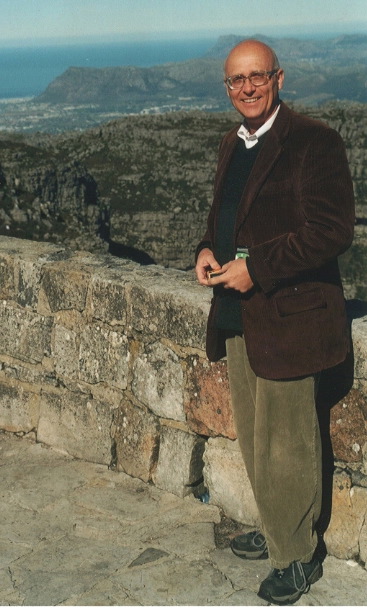
Director of Th.D. Studies, The Master’s Seminary.
The origin of humans. The young-earth creation view believes in a “literal” interpretation of the Genesis creation stories. In this view Genesis 1 describes the miraculous special creation of the universe, all life and man over a period of six actual, consecutive days, while Genesis 2 expands on the story of Day 6 describing God’s creation of Adam from the dust of the earth and Eve from Adam’s rib. The young-earth view rejects both theistic evolution and old earth creationism.
Adam and Eve. Barrick sees Adam and Eve as real, historical persons supernaturally created by God and that humans are unique by virtue of this special creation in the image of God. Adam is understood as the original man from whom all human beings descended. This view is supported by genealogies in the Old and New Testaments (Genesis 5:1, 1 Chronicles 1:1 and Luke 3:38) as well as Paul’s message on Mars Hill (Acts 17:26) where he refers to the creation of all humanity from one man.
The Fall. Barrick believes that the Fall of Genesis 3 was a real event. He says that the biblical description of sin depends entirely on the historicity of Adam. Along with John Collins, he believes that a historical Adam is necessary for Paul’s theology of atonement (see below).
The relationship between God’s two books of revelation. The young-earth creation view believes that Scripture is inspired by God and therefore is inerrant. When claims and theories of modern science contradict Scripture then Scripture trumps science because Scripture is inspired by God.
No Historical Adam: Evolutionary Creation View – Denis Lamoureux
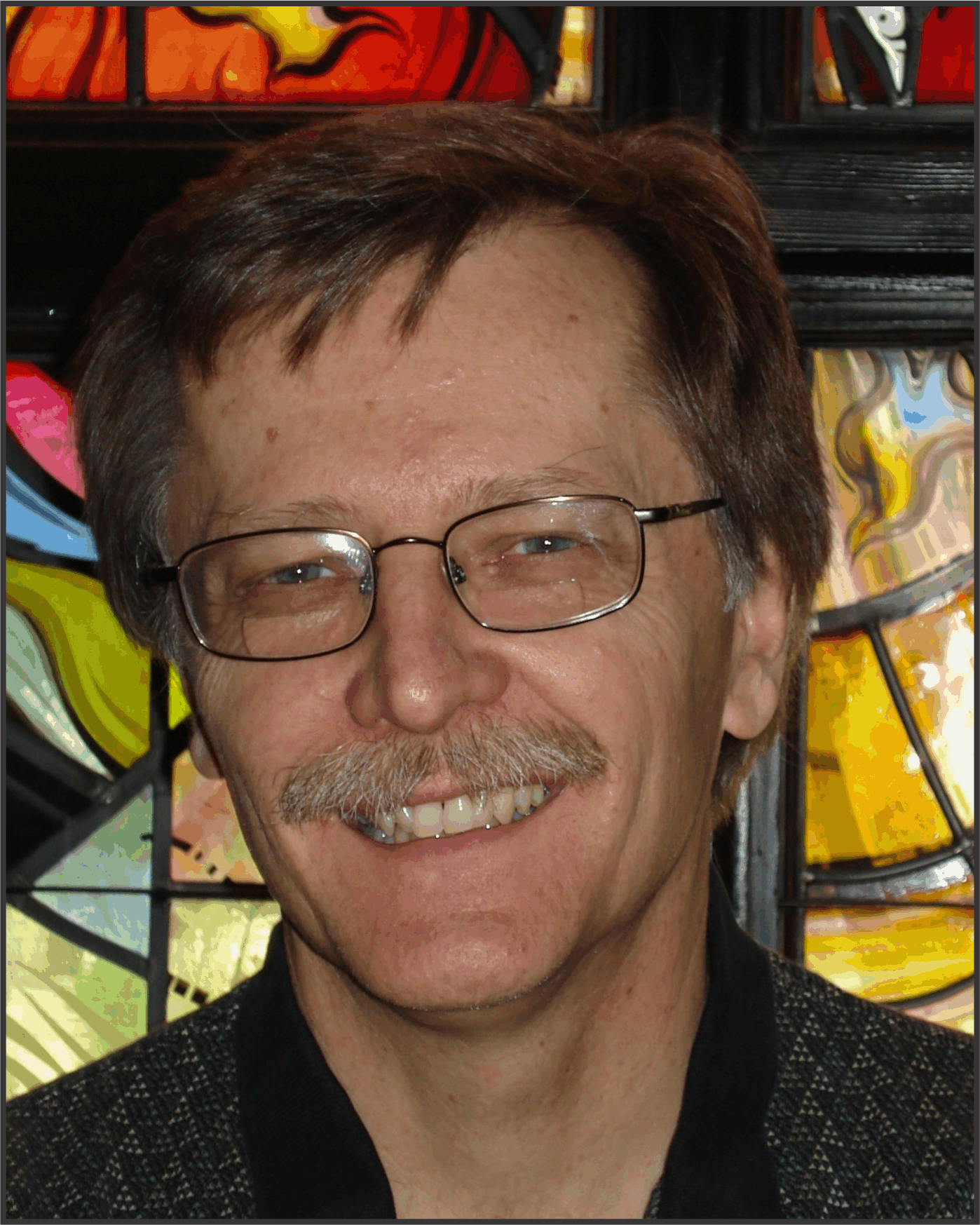
The origin of humans. This view asserts that “the father, son, and Holy Spirit created the universe and life, including humans, through an ordained, sustained, and intelligent design-reflecting evolutionary process”. The evolution of life is seen as a purpose-driven natural process in which humans descended from pre-human ancestors. The image of God was manifested in humans in some mysterious way. The evolutionary creation view is also known as theistic evolution or BioLogos.
Adam and Eve. Denis O. Lamoureux argues that the evidence for evolution precludes a historical Adam and Eve as well as the belief that all humans are descended from Adam and Eve. The scientific evidence indicates that the human population went through a bottleneck where the population declined to about 10,000 individuals but there were never just two individuals (i.e. Adam and Eve, see my previous post).
Lamoureux believes that the creation stories in the Genesis creation accounts are embedded in an ancient phenomenological perspective. He sees this as an example of accommodation. The idea of accommodation is that God “adjusts” his revelation to the capacities of the human mind and heart (see also my third post). Thus God’s revelation must be scaled down or accommodated to us in order to speak to our limited abilities. Lamoureux sees the Old and New Testament genealogies as an ancient understanding of the origin of the Hebrew community conceived from an ancient phenomenological perspective.
The Fall. Lamoureux believes that the Fall was not a historical event, rather human sin was mysteriously manifested in all humanity. He believes that references to Adam in Paul’s theology of atonement (see below) are a reflection of accommodation. He believes that Paul understood Adam as a real, historical person, but since Paul accepted the ancient biology of the origin of life, it is only consistent that Paul also accepted an ancient understanding of the origin of death, suffering and decay.
The relationship between God’s two books of revelation. Lamoureux believes that the book of God’s Works reveals how the Lord created us; the book of God’s Words discloses that he created us in his image and that we are all sinners. He says the divine book of Works offers overwhelming evidence for the evolution of humans. The divine book of Words reveals that humans are the only creatures who bear the image of God and only humans are sinful.
A Historical Adam: Old-Earth Creation View – C. John Collins

The origin of humans. C. John Collins holds an old-earth creation view that accepts the scientific evidence for the age of the earth but not for the creation of humans. As in the young-earth creation view, Collins believes that humans were specially created by God and are unique from all other living things by virtue of this special creation in the image of God.
Adam and Eve. Collins views Adam and Eve as real historical persons. He says that the story of their creation and fall in Genesis 2 and Genesis 3 set the stage for the entire Biblical story line and worldview. He argues that the genealogies in Genesis 5 and Genesis 10 trace all humankind back to a common source. They affirm the unity of humanity with Adam which lays the foundation for Israel’s calling to be a light to the world.
The Fall. For Collins the Fall is important because it shows that our current estrangement from God is unnatural. Something has come into human experience that produced the estrangement from God. G. K. Chesterton said that the biblical story shows us
happiness is not only a hope, but also in some strange manner a memory; and that we are all kings in exile.
Collins believes that a real, historical Adam is essential to Paul’s theology of atonement (Romans 5:12-21 and 1 Corinthians 15:21-22, 45-49) which sees sin and death coming into the world through one man, Adam, and redemption and life coming through Jesus, his death on the cross and his resurrection. His argument gains considerable force from reference to real historical persons (Adam and Jesus Christ). Paul says in 1 Corinthians 15:22 “For as in Adam all die, so also in Christ shall all be made alive.” Referring to this passage, Collins says:
Further, consider the notion that people are ‘in Adam’ or ‘in Christ’: to be ‘in’ someone is to be a member of that people for whom that someone is the representative. All the evidence we have indicates that only actual persons can function as representatives.
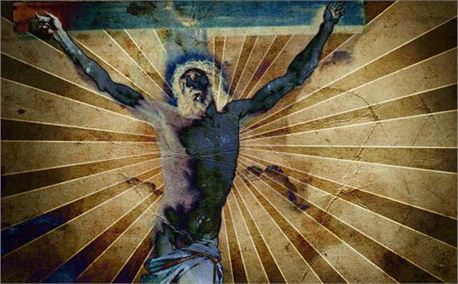
The relationship between God’s two books of revelation. Collins concedes that there may be a range of scenarios to address apparent conflicts between God’s two books of revelation. He says that the literary features of Genesis 1-12 provide some interpretive freedoms because the “material both resists a strictly literalistic reading and invites recognition of its historical impulse.” Within this broader context, he lays down some ground rules for good biblical interpretation.
- He is sympathetic to the possibility that there were some sort of intermediate genetic steps in the process of creating humans, but he argues that the origin of the human race goes beyond a merely natural process and must be God guided.
- Adam and Eve were at the headwaters of the human race.
- The Fall was both historical (it happened) and moral (involved disobeying God) and it occurred at the beginning of the human race. He accepts the possibility that Adam and Eve were not the only pair of humans in the beginning. But if this is true then Adam must be understood as the chieftain of his tribe with Eve as his wife. In this case, when Adam and Eve fell the whole tribe also fell under their representative leadership.
A Historical Adam: Archetypical Creation View – John Walton

The origin of humans. I discussed John Walton’s Temple Creation View in my fifth post in the context of the timing of the creation events in Genesis 1. In Walton’s view, the seven creation days of Genesis 1-2:3 are not about material creation, but about establishing functions and installing functionaries in God’s cosmic temple. Although he believes that Adam and Eve were real persons, he understands the Genesis 2 accounts of their creation as being symbolic in nature.
Adam and Eve. He believes that Adam and Eve were historical persons for the same reasons outlined by Barrick and Collins above. But, he sees Scripture’s emphasis on Adam and Eve as archetypical representatives of all humanity. He says that an archetype serves as a representative of all other members of a group, thus establishing an inherent relationship. Adam as an archetype would be designated “Everyman” representing all. He has no problem with the creation of Adam and Eve through an evolutionary process purposefully guided by an infinitely powerful God.
The Fall. Walton sees the Fall as a real historical event involving real people (Adam and Eve) but he views the role of Adam and Eve in the event as archetypical. This is perhaps best seen in Paul’s theology of atonement where Adam is presented in an archetypical way since his sin is imputed to all humanity. Similarly, Jesus is presented as the second Adam whose righteousness and salvation are imputed to all who believe in Jesus.
The relationship between God’s two books of revelation. He believes that Christians are misguided if they try to pit the Genesis 1-2 creation accounts against the scientific account. He says that the theological points in Scripture about Adam (sin, death, second Adam, etc.) don’t rest on the belief that Adam and Eve were the historically first and only persons or parents of mankind. The Bible makes no scientific claims about material human origins so the scientific account of human origins doesn’t bring biblical inerrancy into question.
An Archetypical Creation Scenario. At the end of his chapter, Walton presents a hypothetical scenario to illustrate the Archetypical Creation view. Walton accepts the evolution story for the origin of humans with the proviso that it is under God’s guidance or plan. At some point, perhaps at the bottleneck, there was a special act of creation by God that conferred the image of God on the entire human population. This set them apart from the rest of creation. Walton sees the account of the creation of man from dust in Genesis 2 as symbolic of man’s mortality. At this initial stage humans were mortal. Although they engaged in sinful activities, they are not being held accountable because humans were in a state of original innocence rather than a state of original righteousness.
Walton sees the two creation accounts of Genesis 1 and Genesis 2 as sequential rather than synoptic. In other words he sees the Genesis 2 account as occurring at some time after the Genesis 1 account, perhaps as long as 10,000 years later. Walton believes that God chose Adam and Eve from the existing population and placed them in a sacred place (the Garden of Eden). There they were to act as representatives of all humans existing at the time as well as in the future.
Walton sees the creation account in Genesis 1 as a story of functional rather than material creation. So “good” in the Genesis 1 account is not indicative of perfection (moral or design) but of functional order. Placing Adam and Eve in a sacred space provided the opportunity for establishing greater functional order, but this opportunity was forfeited because of Adam and Eve’s sin. Adam and Eve were now morally accountable for their actions and this moral accountability was conveyed to all humans. Thus their sin brought disorder and sin into the world.
The presence of the tree of life in the garden represented an opportunity for humans to become immortal. However, because of their sin, Adam and Eve were cast out of the Garden of Eden (sacred space) and thus lost their access to the tree of life. This doomed them and the rest of humanity to a mortal existence.
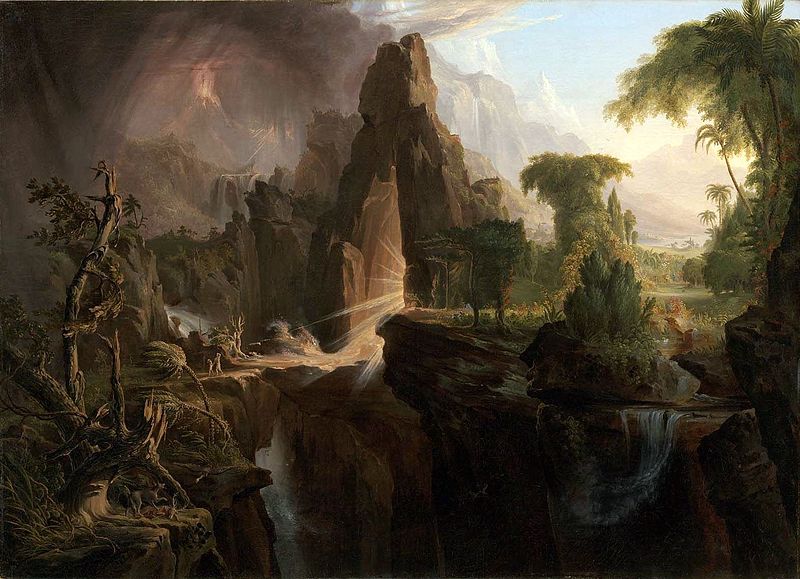
Conclusions
We’ve seen that there are a spectrum of evangelical views about the origin and nature of Adam and Eve and their role in bringing sin into the world. At one end of the spectrum is the young-earth creation view which is faithful to the story from Scripture, but discounts the story from nature because in Barrick’s view the interpretation of God’s revelation in Scripture necessarily trumps man’s interpretation (through science) of God’s revelation in nature. At the other end of the spectrum is the evolutionary creation view presented by Denis Lamoureux which emphasizes the story from nature but he sees the Bible account of creation in mythical terms where imagined characters (Adam and Eve) are used to convey spiritual truths. In my estimation neither of these views does an adequate job of removing the apparent conflict between the stories from Scripture and nature.
The old-earth view of John Collins is an intermediate view that moves closer to a faithful understanding of both revelations. Like the young-earth and archetypical creation views, Collins sees Adam and Eve as real, historical persons. Collins accepts the scientific evidence for the age of the earth and the universe but insists on the special creation of Adam and Eve. This view helps to reconcile the accounts from nature and Scripture but still leaves apparent conflict in the origin of humankind.
In my estimation, the Archetypical Creation View of John Walton does the best job of eliminating any apparent conflict between the nature and Biblical creation stories. In his view the emphasis of Scripture on Adam and Eve is as archetypical representatives of humanity. Walton sees Adam and Eve as real people, living in a real past. But they were neither the first people nor the biological or genetic ancestors of all humankind. This removes a major source of apparent conflict between the Bible story and the story from nature.
Looking Ahead. In my next blog we are going to be looking at nature as a Christian apologetic.
Questions for Further Reflection:
- How do you view the relationship between God’s revelations in nature and Scripture.
- Are all humans descended from a single couple (Adam and Eve) or are we the product of God guided evolution? Is this an important question for Christians? Why or why not?
- Was the Fall a real event in human history? In what manner is the biblical description of the Fall important for understanding the nature of sin?
- Which of the four perspectives discussed in this blog comes closest to your view?
Suggestions for Further Reading:
- Four Views on the Historical Adam, Matthew Barrett and Ardel B. Caneday, general editors. Stanley N. Gundry, series editor. Zondervan, 2013.
- Creation or Evolution: Do We Have to Choose? Denis Alexander. Monarch, 2008.
- Did Adam and Eve Really Exist? Who They Were and Why You Should Care, C. John Collins. Crossway, 2011.
- The Language of Science and Faith, Karl W. Giberson and Francis S. Collins. InterVarsity Press, 2011.
- Added by the editor: PDF with the titles and links to the posts in Tom Ingebritsen‘s Christianity and Science series. Yes, this was created to meet the requests of readers and will be updated. Your interest in and encouragement of this series is much appreciated
Tom Ingebritsen is an Associate Professor Emeritus in the Dept. of Genetics, Development and Cell Biology at Iowa State University. Since retiring from Iowa State in 2010 he has served as a Campus Staff Member with InterVarsity Graduate & Faculty Ministry at Iowa State University

Leave a Reply